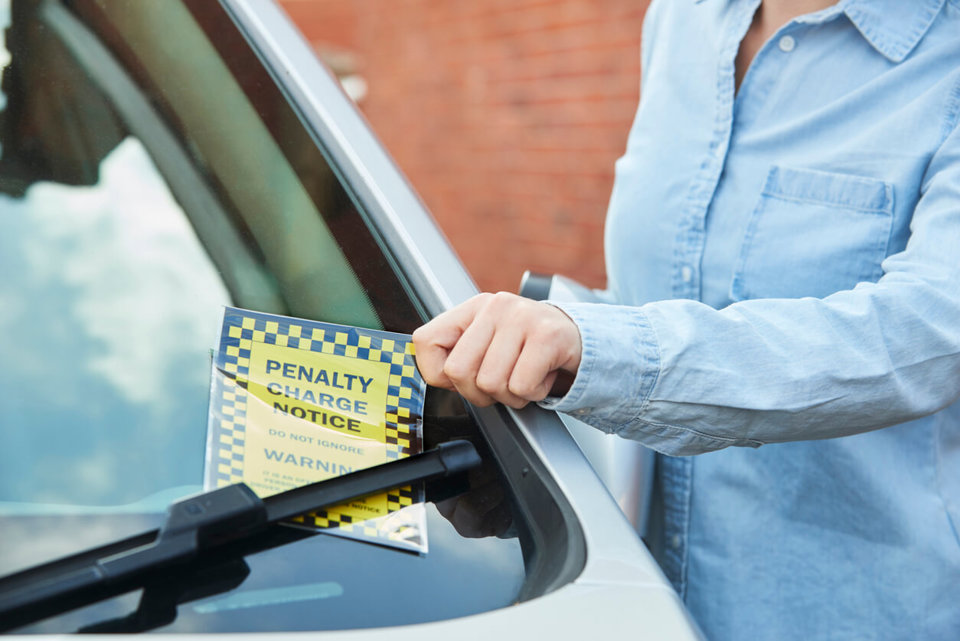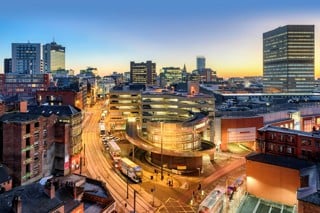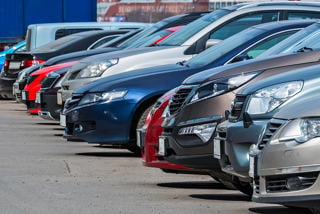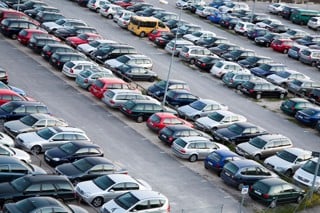Parking fines issued using CCTV evidence have been deemed unlawful, according to a landmark ruling.
Adjudicators found that Transport for London (TfL) broke Government guidance by using CCTV, rather than civil enforcement officers or traffic wardens, to fine motorists parked in bays on red routes in the capital.
The Department for Transport (DfT) introduced laws to limit the use of CCTV in issuing fines in 2015.
The judgement from London Tribunals on eight appeals against red route fines does not set a legal precedent, but a spokesman for London Tribunals told the Telegraph other adjudicators “may take previous decisions into consideration before reaching a conclusion”.
The three adjudicators said that TfL had acted with “procedural impropriety” by using CCTV to issue fines where Government rules say they should have used traffic wardens.
They said the latest guidance from the DfT says that “approved devices”, primarily automatic number plate recognition CCTV cameras, “are used only where enforcement is difficult or sensitive and enforcement by a Civil Enforcement Officer is not practical”.
They said that motorists who have parked legally, for example in a loading and unloading bay, but are accused of contravening rules based on CCTV evidence, “may find it impossible to obtain the necessary evidence, after the event, to discharge the burden of proving loading/unloading”.
But if a motorists parked in one of these bays encounters a traffic warden, they can show them at the time that they are using it for its intended purpose and avoid a ticket.
The judgement on 'Commercial Plant Services and others versus TfL' studied the precise language of laws and Government guidance.
A TfL spokesperson said: “We are committed to keeping London moving safely and efficiently, and compliance on the Transport for London road network is essential to achieving these aims.
“Enforcement by our compliance officers using CCTV cameras is an important part of tackling this and we are exploring next steps.
“Non-compliance impacts London's air quality, creates safety risks, disrupts traffic and creates congestion for everyone.”





















Login to comment
Comments
No comments have been made yet.